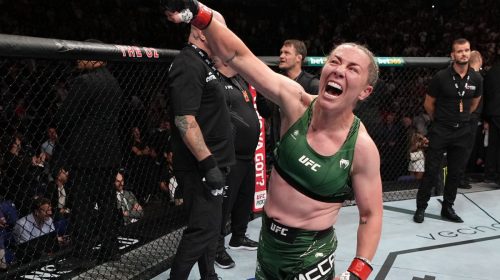
Preventing Mold and Mildew: The Role of Basement Waterproofing in Home Health
Introduction
Maintaining a healthy home environment is crucial for your and your family’s well-being. Unfortunately, one common problem homeowners face is mold and mildew growth in their basements. These fungi thrive in damp, dark, and poorly ventilated areas, posing health risks and damaging the house’s structural integrity. In this article, we will explore the causes of mold and mildew growth in your home and highlight the pivotal role of basement waterproofing in reducing their occurrence.
Understanding Mold and Mildew
Mold and mildew are types of fungi that thrive in moist environments. They release spores that can trigger allergic reactions and respiratory problems, particularly in individuals with asthma or weak immune systems. Mold appears as black, green, or gray patches, while mildew is typically white or gray. Both can cause unpleasant odors and unsightly stains.
Causes of Mold and Mildew in Basements
Basements are prone to mold and mildew growth due to several factors. Excessive moisture and humidity levels create an ideal breeding ground for these fungi. Water leaks and seepage from the cellar walls, or plumbing contribute to the dampness. Inadequate ventilation further exacerbates the problem, as stagnant air traps moisture and prevents it from evaporating.
The Role of Proper Waterproofing
Basement waterproofing is a crucial step in preventing unpleasant events. It involves the application of various techniques to defend the basement from water intrusion. By effectively sealing the walls and floors, basement waterproofing mitigates moisture, reducing the risk of the bad smell, mold and mildew development.
Basement waterproofing offers numerous advantages in maintaining a healthy home environment:
It stops water from infiltrating the cellar, eliminating the primary source of moisture.
It safeguards the structural integrity of the building, as prolonged water exposure can weaken the foundation and lead to costly repairs.
Basement waterproofing enhances indoor air quality by minimizing the chances of mold and mildew spores circulating in the air.
Different Methods of Basement Waterproofing
Basement waterproofing can be achieved through various methods. Exterior waterproofing involves:
Excavating the foundation walls.
Applying a waterproof membrane.
Installing drainage systems to redirect water away from the basement.
On the other hand, interior waterproofing focuses on sealing the interior surfaces of the cellar walls and floors. It typically involves the use of waterproof coatings or paints. Additionally, installing drainage systems, such as sump pumps, valves and French drains, helps collect and divert excess water from the storage under the floor.
Additional Measures to Prevent Mold and Mildew
Apart from basement waterproofing, other measures contribute to mold and mildew prevention. Proper ventilation and airflow help reduce moisture buildup. Regular inspection and maintenance of plumbing, sewer and drainage systems ensure timely detection and repair of leaks. Controlling moisture sources, such as drying clothes properly and using dehumidifiers, can significantly reduce humidity levels. Monitoring and controlling indoor humidity using hygrometers and proper ventilation throughout the house is crucial in preventing fungi development.
Hiring Professionals for Basement Waterproofing
Basement waterproofing is a complex task best left to experienced professionals. Hiring reputable contractors ensures that the job is done effectively and efficiently. Consider factors such as the contractor’s experience, qualifications, and reputation when selecting a qualified waterproofing professional. While the cost of external waterproofing varies depending on the home size and condition of the ground, it is an investment that pays off in the long run by improving your home and your family’s health.
Conclusion
Preventing mold and mildew in cellars is essential for maintaining a healthy home environment. Basement waterproofing plays a crucial role in mitigating moisture issues and preventing the growth of these fungi. By addressing the root causes intrusion and implementing effective basement waterproofing methods, homeowners can create a dry and mold-free environment.
In summary, mold and mildew growth anywhere can pose health risks and cause structural harm to homes on the molecular level. However, the proper basement waterproofing prevents such issues. Basement waterproofing not only eliminates water infiltration but also protects the structural integrity of the whole building and improves indoor air quality. Homeowners can further enhance mold prevention efforts by taking additional measures such as ensuring proper ventilation, regular maintenance, and controlling moisture sources.
When it comes to basement protection from the water, it is advisable to hire experienced and reputable professionals who specialize in this field. Though the cost may vary, the long-term benefits and peace of mind make it worthwhile.
In conclusion, pay attention to the importance of waterproofing in maintaining a healthy home. Take proactive steps to protect your basement from moisture and prevent mold and mildew growth. Contact the local waterproofing company. Doing so can create a safe and comfortable living space for you and your loved ones, ensuring a healthier and happier home environment.


























